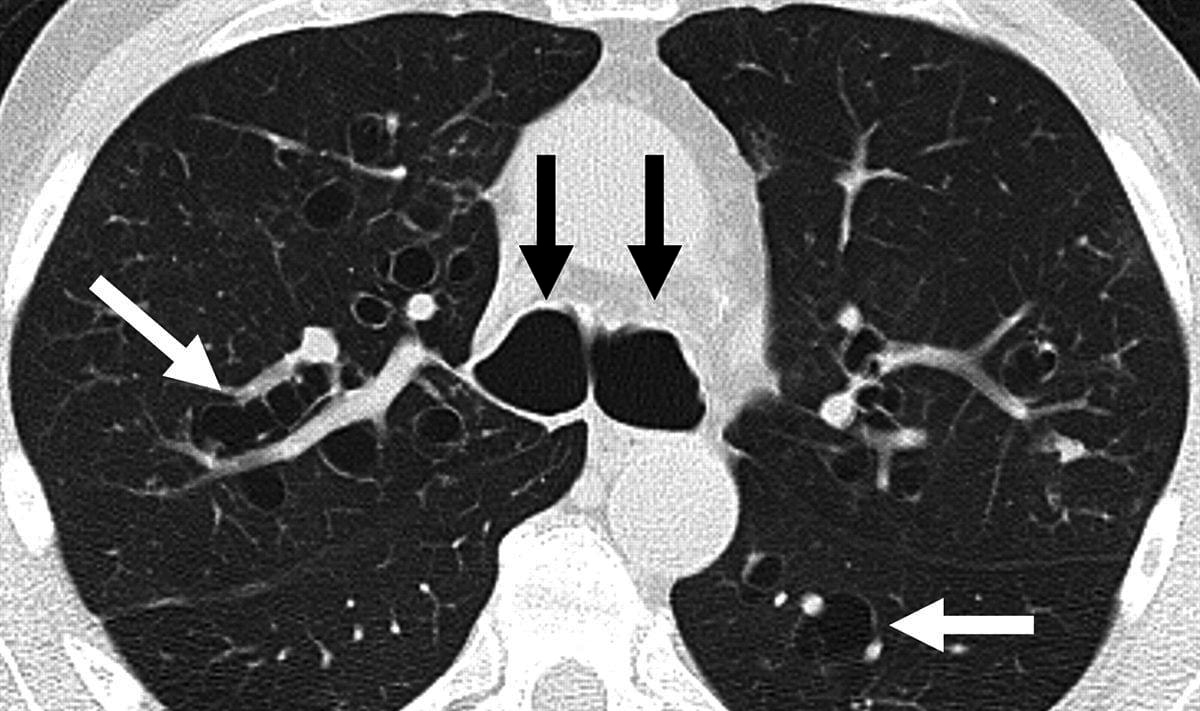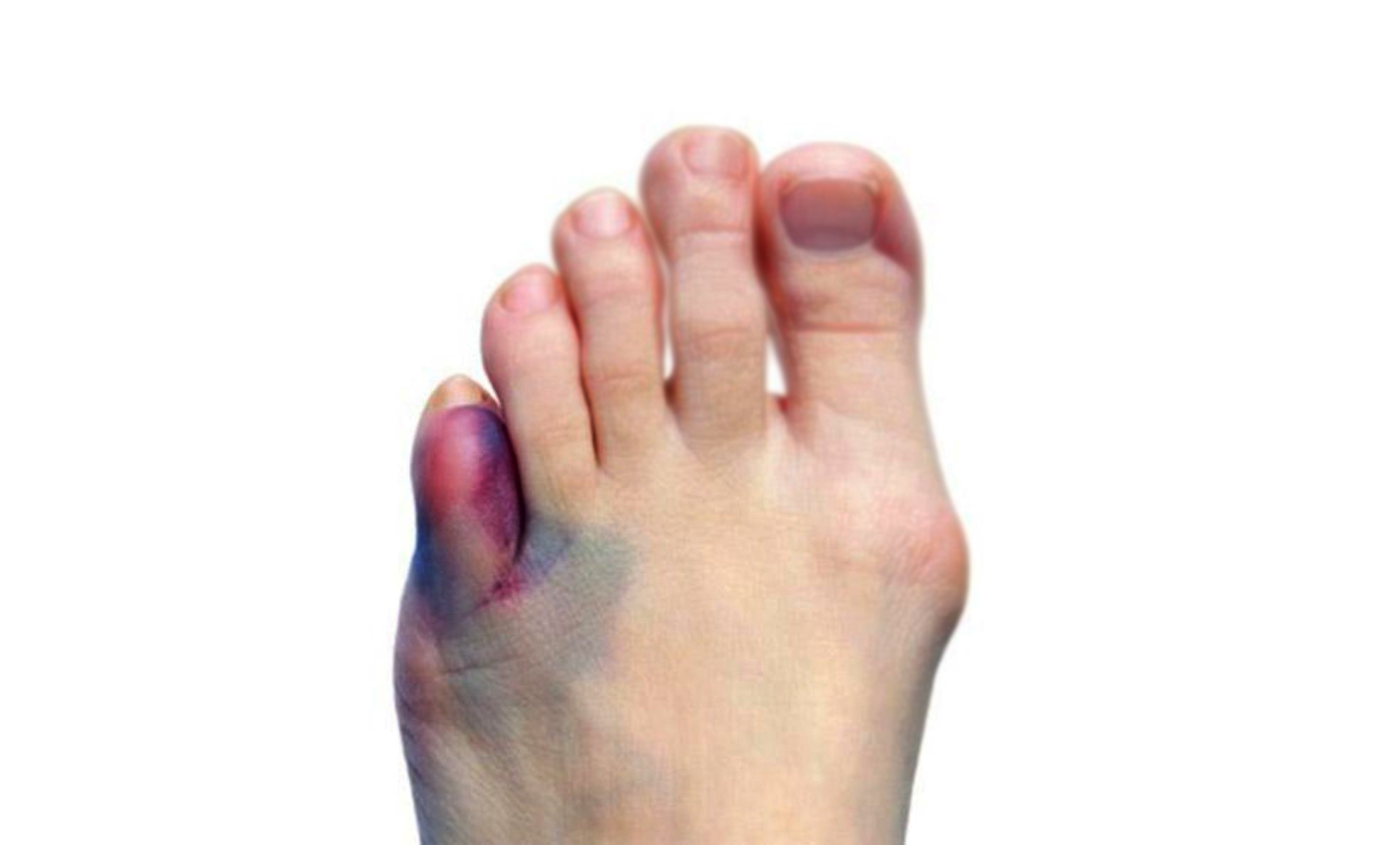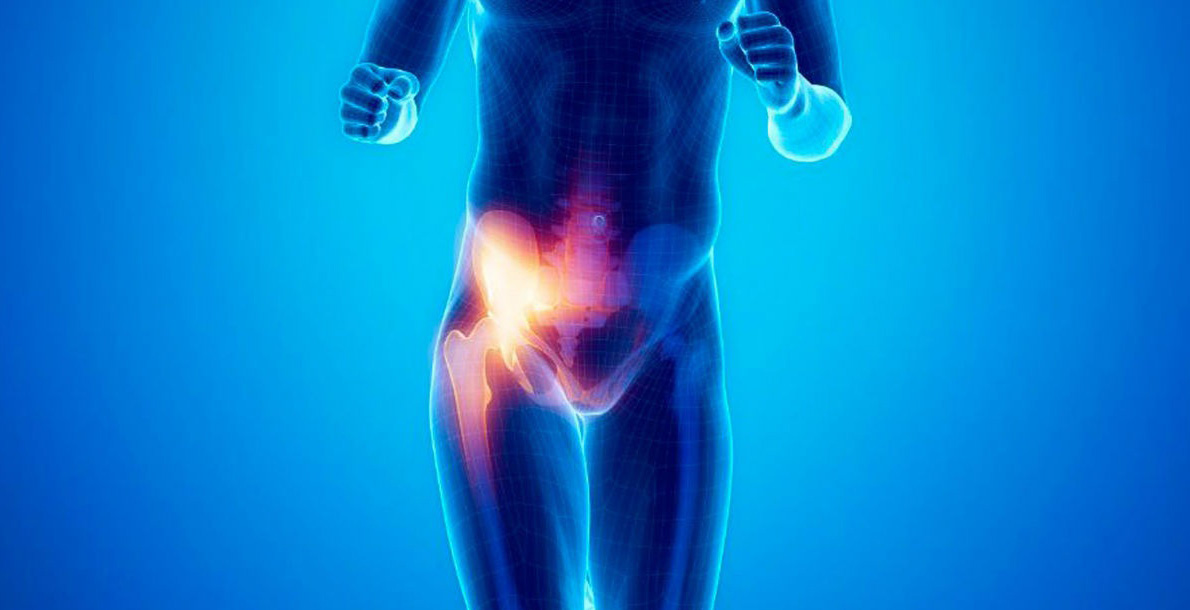[et_pb_section bb_built=”1″][et_pb_row][et_pb_column type=”4_4″][et_pb_text _builder_version=”3.13.1″]
Multiple Sclerosis (MS) is an inflammatory and demyelinating disease that affects acquired myelin in the central nervous system (CNS).
This demyelination causes an alteration of the saltation conduction typical of normal myelinated tracts, causing a slowing down and even a blockage of said conduction. The most frequent symptoms of onset are: the alteration of sensitivity with the appearance of punctures, tingling or conching of one or more limbs or trunk. The motor alteration is also very frequent, characterized by the loss of strength, awkwardness, marked fatigue after small efforts.
We must take into account the fundamental objectives of physiotherapy in the treatment of multiple sclerosis patients:
- Preserve skeletal muscle integrity, maintaining and / or increasing joint mobility.
- Improve postural stability.
- Help the development of movement strategies, improving the quality of movement patterns.
- Minimize muscle tone abnormalities.
- Prevent the appearance of contractures and other possible complications derived from the lack of mobility.
- Improve fatigue.
There are numerous techniques for the management of spasticity. Those that have shown to be most effective in MS are the following:
- Muscle stretch.
- Massage.
- Application of local cold on the affected muscles: Various application techniques are used (Localized application by means of a cooling gel, ice pack or spray. – Immersion in a cold bath of 28º to 11º C. Practically cold application times vary from 15 to 30 minutes and the antispastic effect lasts from 30 minutes to 2 hours). Electrotherapy: sessions of 20 minutes / day are recommended. And Mobilizations.
Learn more about your health and well-being at Pharmamedic.
[/et_pb_text][/et_pb_column][/et_pb_row][/et_pb_section]








